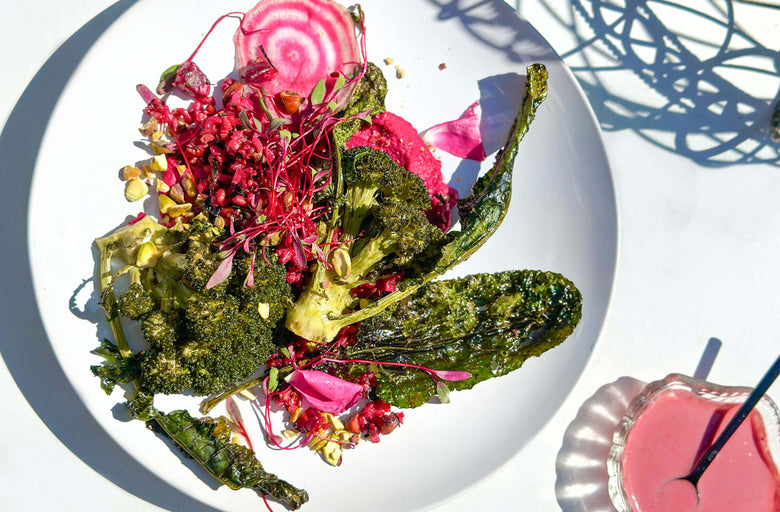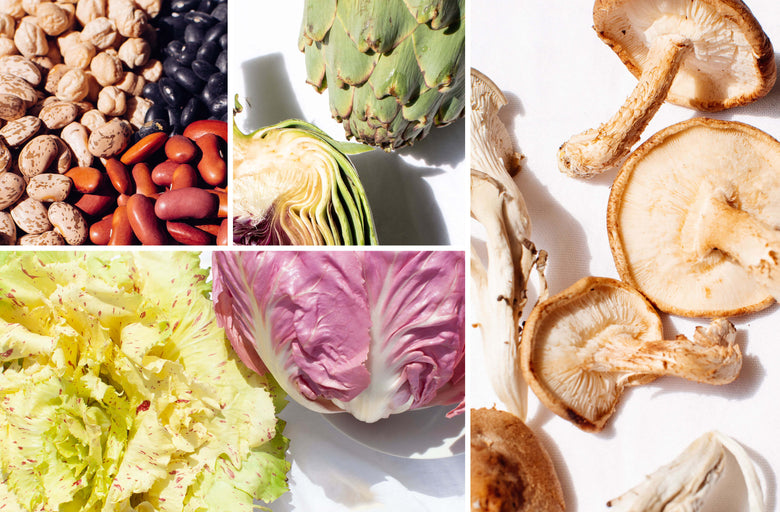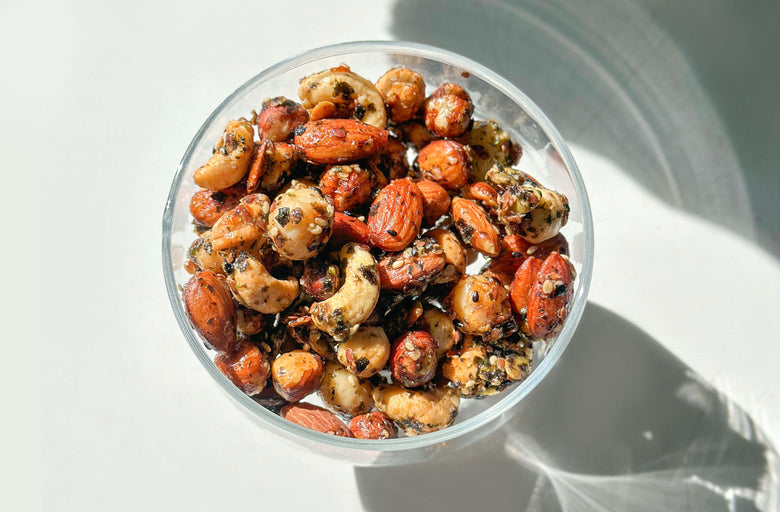The majority of people (around 90%) experience cravings—whether they catch us by surprise, like an intense and sudden desire for a nostalgic childhood snack, or are part of your everyday routine, like the need for a little-something-sweet after dinner. So, why don’t we talk about them more? I.e....
What even are cravings? Should we always be honoring them? Are our bodies using them to try to tell us something else?
Below, we explore the components of cravings, from how to differentiate them from hunger to tactics we can take to help reign them in when they feel uncontrollable.
Cravings vs. Hunger
First things first: How do we differentiate hunger and cravings? Well, hunger is considered a craving, albeit a physiological one, and defined as “a sensation that motivates the consumption of food.” Essentially, with hunger, your body sends a cascade of chemical messengers throughout your system stating that it needs fuel for survival. Before, during, and after we eat, our hypothalamus (a part of your brain) works to activate or inhibit our hunger by circulating different hormones, each with different functions. The hunger hormones include:
- Ghrelin - Made in the stomach, this hormone stimulates hunger by activating hunger nerve cells in the hypothalamus; As the stomach empties, ghrelin increases.
- Leptin - Made in the fat cells, leptin is an appetite suppressant that stimulates fullness.
- Insulin - Made in the pancreas, insulin can travel to the brain to inhibit hunger, telling the brain, “There’s enough energy in the body, you can rest.”
- Glucagon-Like Peptide 1 (GLP-1) - Along with peptide YY, oxyntomodulin, and uroguanylin, this hormone is made in the small intestine and released in response to food in the gut, making us feel full.
Cravings are a natural biological response to a specific need—be it psychological/emotional or physical (i.e., hunger). Typically, psychological and emotional cravings come over us suddenly and intensely, feeling like an overwhelming, almost-uncontrollable need for a particular food (and usually one that’s high in sugar, fat, or salt). Why is that?
The Components of Cravings
Similar to hunger, there’s a lot going on behind the scenes when it comes to cravings. On one hand, there’s certain brain regions responsible for memory, pleasure, and reward that cue cravings, and emotions play a huge role. Ever reached for a creamy pint or a tall pour of Pinot after a tough day? Or tried cutting back on sugar and found yourself desiring it even more? Your cravings here are conditioned responses to a trigger, one that can be identified and rerouted to create healthier habits and give your body what it’s really asking for. (More on this soon.)
A hormone imbalance can also be to blame for sparking cravings. For example, leptin is suppressed by a lack of sleep whereas ghrelin is triggered—sparking your desire to munch. Knowing the science of hormones and cravings, companies now actually scientifically design their snacks to hijack your hormones—causing dopamine “explosions” in your brain and tricking it into a constant state of craving—in pursuit of you coming back for more… and more.
The Gut Microbiome’s Role
Growing evidence states that certain food cravings can be attributed to the gut microbiome. Our gut bacteria can create special proteins, or peptides, that are akin to hunger-regulating hormones, like ghrelin. In response to the peptides, our bodies also produce appetite-interfering antibodies. These two responses, stemming from our gut microbiome, can influence what we’re craving and when.
Not only this, but our preferences can reside in our gut microbiome—research going so far as to state we can have “chocolate desiring” microbial breakdown products versus “chocolate indifferent” ones. (So, yes—you can be a “chocolate person” through and through.)
Take Control of Your Cravings
In order to reduce cravings, we have to address our emotional and biological responses, nourishing our bodies with the macronutrients and micronutrients we need to function at optimal capacity.
Start by filling up on a diverse array of organic, fiber- and polyphenol-rich plant foods that nourish your microbiome (i.e., what you get each day on Sakara). When a craving occurs, allow it to steer you in the right direction—is it pointing you to particular nutrients you may be lacking in? (Are you craving a burger because your body needs iron?)
A balanced blood sugar also helps with stabilizing hormones (and therefore cravings), and one way to approach it is flooding your body with healthy fats, fiber, and plant protein at each meal. Another way? Incorporate gymnema sylvestre—found in our Metabolism Super Powder—into your diet, which helps reduce sweetness receptors and curb cravings.
As for the mental and emotional side of cravings, work to avoid crash dieting, incorporate stress management techniques (like mindfulness and movement), and prioritize healthy sleep habits when you can.
With time, you’ll be able to hone in on your body intelligence—building a body you can trust, listen to, and love unconditionally.






